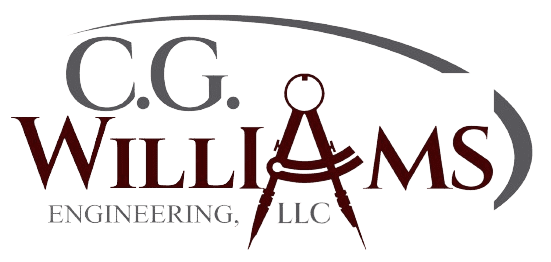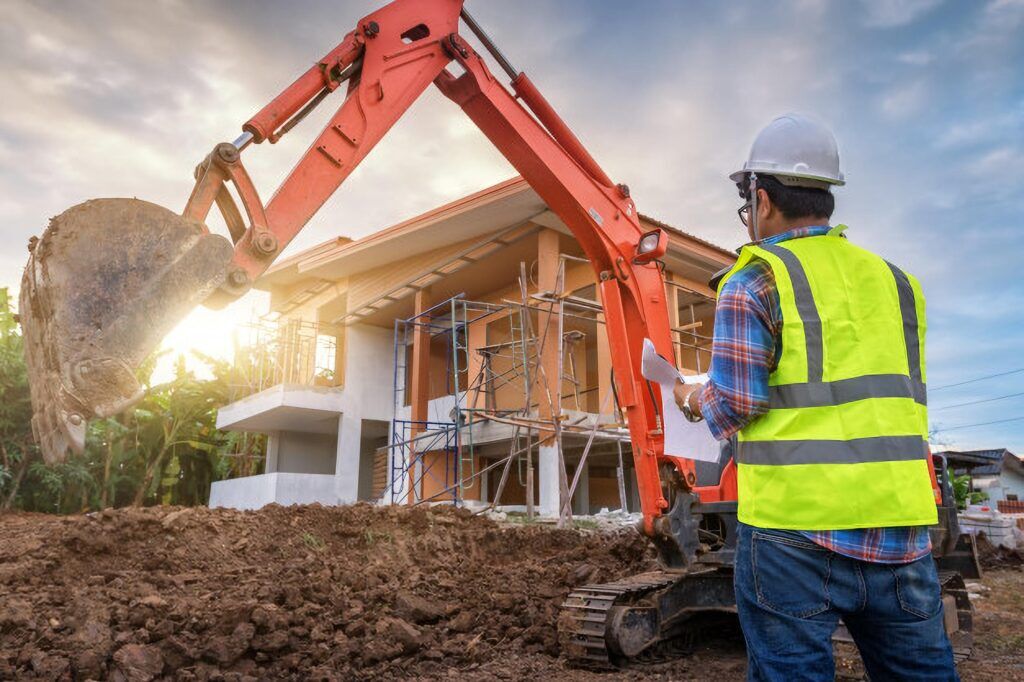



A well-defined demolition plan for construction is crucial for ensuring the safe and efficient execution of building removal or renovation projects. It safeguards worker safety, minimizes environmental impact, and complies with regulatory requirements. A well-crafted plan lays the groundwork for controlled destruction. CG Williams Engineering LLC, a leading civil engineering consultant company recognizes the critical role of architectural demolition plans in Washington, DC throughout the construction lifecycle. The guide covers various aspects of demolition planning, including structural dismantling, controlled demolition techniques, and deconstruction methodologies. It provides valuable insights and guidance for large-scale construction projects and historic structure renovations
Get in touch with us today! Click below to reach out.
Understanding Demolition Plan
A demolition plan for construction is a document outlining the strategic steps taken by demolition contractors to ensure the safety of the building or structure being demolished without harming the environment or nearby residents. It demonstrates the correct protocol for the demolition procedures. The requirements of a demolition plan for construction depend on local or state legal restrictions, with government and state requirements varying based on specific cases or scenarios, such as population size and construction materials.
The demolition process is not as straightforward as commonly thought, as most buildings built until the 1970s were made of asbestos, a carcinogenic material. Random demolition of such buildings can cause unwanted side effects to nearby residents. Other harmful materials used in building construction, such as contaminated containers, varnish, mercury, resins, treated wood, lead-based paint, adhesives, and caulk, may also be released into the air. Demolition contractors are legally obligated to follow state and local government restrictions, requiring a demolition plan for construction.
Structural Dismantling: Structural dismantling involves systematically disassembling a building or structure piece by piece. This method requires careful planning and precision to ensure the safe removal of materials without causing damage to surrounding structures or the environment.
Controlled Demolition: Controlled demolition, on the other hand, utilizes specialized techniques such as explosives or mechanical equipment to bring down structures in a controlled manner. This method is often chosen for large-scale demolition projects or structures with limited accessibility.
When it comes to demolition projects, two primary approaches are often considered: structural dismantling and controlled demolition. Each method offers distinct advantages and considerations, depending on the project’s requirements and site conditions. Let’s explore the differences between these approaches, the factors influencing method selection, and the pros and cons of each.
Structural Complexity: Structural dismantling is preferred for intricate or historical buildings, while controlled demolition is suitable for large, concrete structures.
Site Constraints: Nearby buildings, utilities, and environmental considerations affect the feasibility of demolition methods. Controlled demolition is preferred in urban environments, while structural dismantling is ideal in sensitive areas.
Safety and Environmental Considerations: Structural dismantling minimizes the risk of collateral damage, while controlled demolition requires careful planning for worker safety.
Structural Dismantling:
Pros: Rapid removal of structures, suitable for large-scale projects, may offer cost savings in certain scenarios.
Cons: Potential for noise, dust, and environmental impact, requires specialized expertise and permits, risk of collateral damage if not executed properly.
Pros: Controlled, precise removal of materials, minimal disruption to surroundings, reduced noise and dust pollution.
Cons: Time-consuming process, higher labor costs, may not be feasible for large or structurally compromised buildings.
Washington, DC’s architectural demolition planning is crucial for historic preservation and modern development. From iconic landmarks to residential renovations, every project requires careful consideration and compliance with specific guidelines.
Washington, DC’s demolition planning considers historical significance, environmental impact, and urban density. Architectural heritage preservation is crucial, with adaptive reuse of structures. Plans must address structural integrity, debris management, and community impact, reflecting the city’s commitment to sustainable development.
The DCRA oversees the permitting process for demolition projects in Washington, DC, ensuring compliance with building codes, environmental standards, and safety regulations. Permit applications typically include detailed plans outlining structural demolition methods, debris disposal strategies, and community notifications.
site conditions and regulatory requirements. A step-by-step guide can help navigate the intricacies of demolition planning, ensuring a safe and efficient project execution. Thorough planning and risk management are essential for achieving safe, efficient, and environmentally responsible demolition operations, from preliminary assessment to method selection.
A demolition plan is a comprehensive document outlining the strategy and procedures for safely demolishing a structure or building.
A demolition plan is necessary to ensure the safe and controlled removal of structures, minimize environmental impact, and comply with regulatory requirements.
A demolition plan is typically created by qualified professionals such as civil engineers, structural engineers, or demolition contractors.
Safety measures included in a demolition plan may include hazard identification, protective equipment requirements, emergency procedures, and worker training protocols.
Designing a comprehensive demolition plan for construction projects, particularly in a region as historically rich as Washington, DC, is essential for ensuring the safe and efficient execution of demolition activities. Partnering with a reputable civil engineering consultant company, like ours, ensures meticulous planning and expertise for architectural demolition plan standards in Washington, DC. Through careful consideration of demolition procedure, and deconstruction we prioritize safety, environmental responsibility, and most importantly regulatory compliance. By embracing innovative strategies and leveraging our expertise, we empower demolition projects to proceed seamlessly, preserving the architectural heritage of Washington, DC, while paving the way for sustainable urban development.